Mining
The coal reserves located within the boundaries of the councils of Siero and Langreo were a source of interest and work since, at least, 1838. In this year, Alejandro Aguado, Marquis of Las Marismas del Guadalquivir, developed a mining company to exploit some coal deposits located next to the Carbonera road, promoted by himself in 1840 and connecting Langreo and Gijón.
Once Aguado passed away, the coal reserves became property of the Riánsares duke, who married María Cristina (Fernando VII’s widow). His economic interest in the later named Langreo Railway made him keep his eyes on the Carbayín coal reserves. Nevertheless, the 1854 revolution and the exile of the Queen María Cristina made these business plans fade away. The coal reserves were finally purchased by Numa Guilhou, becoming later a Fábrica de Mieres property. Guilhou’s interest in these mines (which were located quite far from Mieres) was linked to a better communication system, which allowed him to take profit from the lucrative coal industry through the Langreo Railway company, where he was the main shareholder at that moment. In 1925, the coal reserves turned into Minas de Langreo y Siero. It worked as a subsidiary company of the metallurgy industry in Mieres, which allowed the company to manage its own administration. Pedro Pidal and Manuel Loring, both married to Guilhou’s daughters, were its associates.
Joaquín Velasco, an important engineer and mine leaseholder, sunk the first vertical mine shaft, La Muerte, between 1916 and 1917. The second one, called Santa Marta, was created in 1950. A beautiful machinery building, and the chimney of the first extraction machine are still conserved in the former mine shaft. The latter serves as an excellent example for its architecture and its headframes, built in Fábrica de Mieres. This mine shaft resembles the San Nicolás one in Mieres, also sunk during these years.
In 1969, Minas de Langreo y Siero got integrated into HUNOSA with its active facilities: Pumarabule and San Enrique or Lláscares (Candín II), which were closed in 2005 and 2013, respectively.



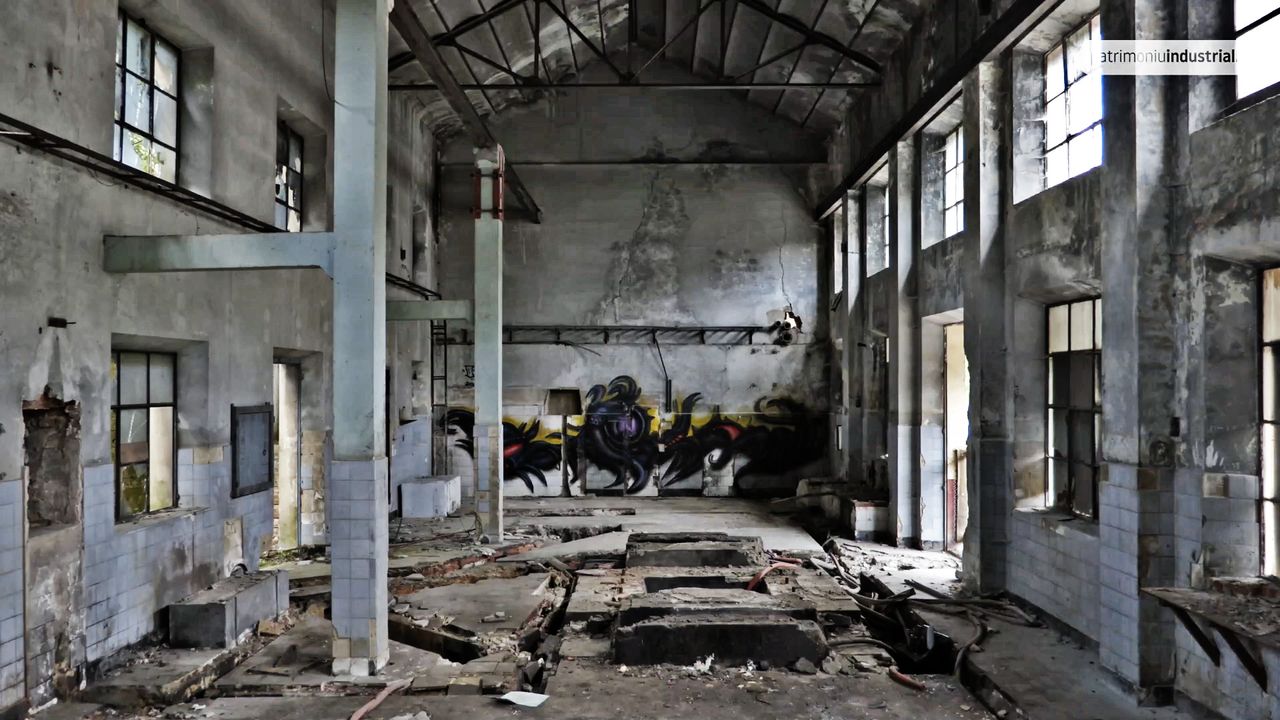

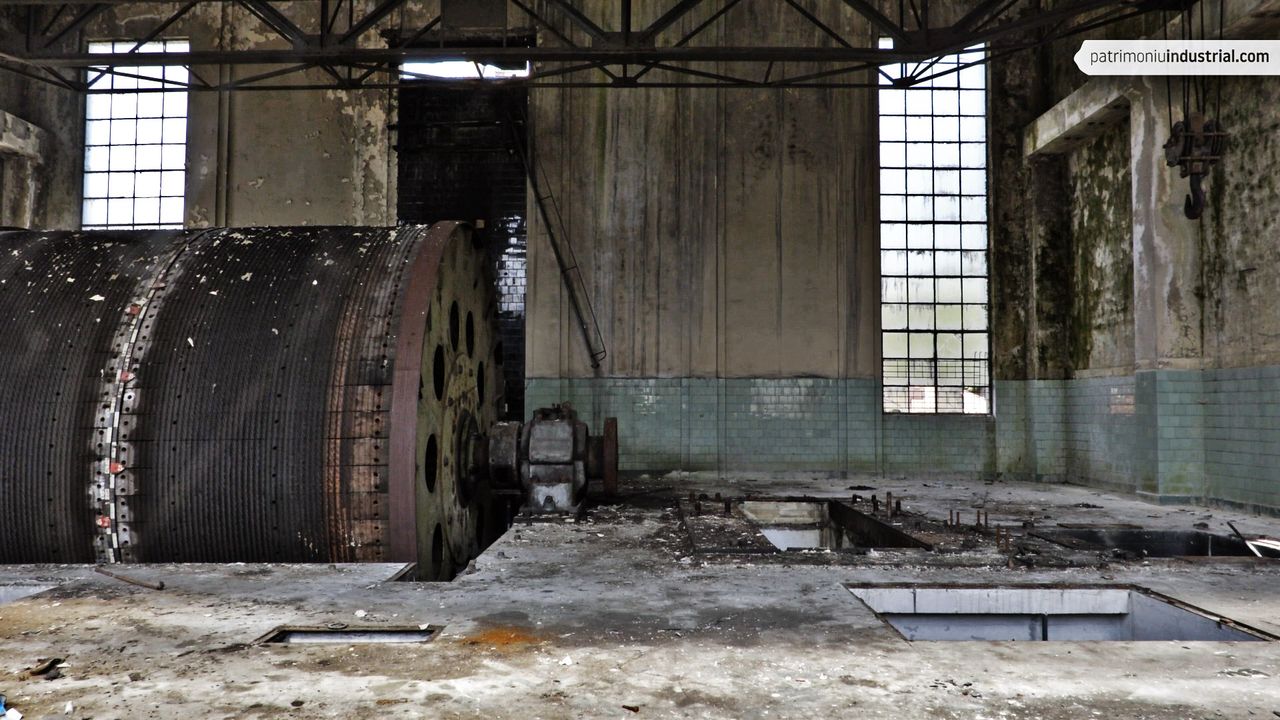

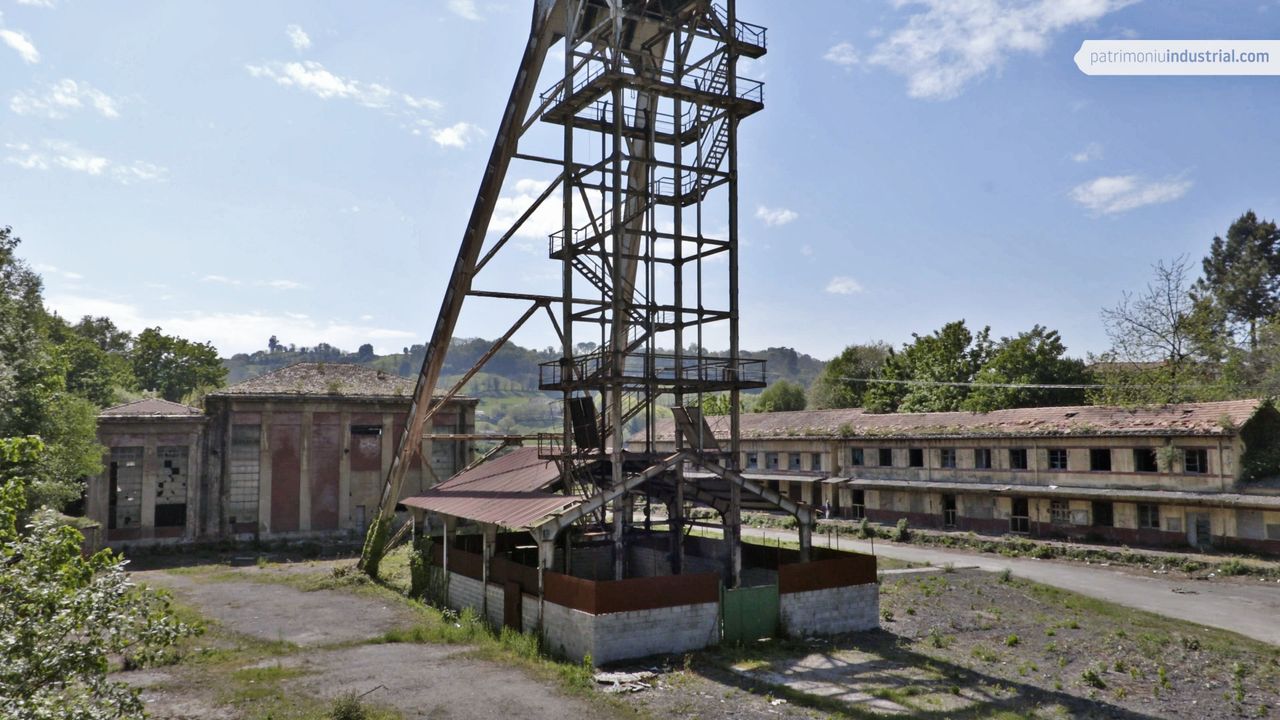
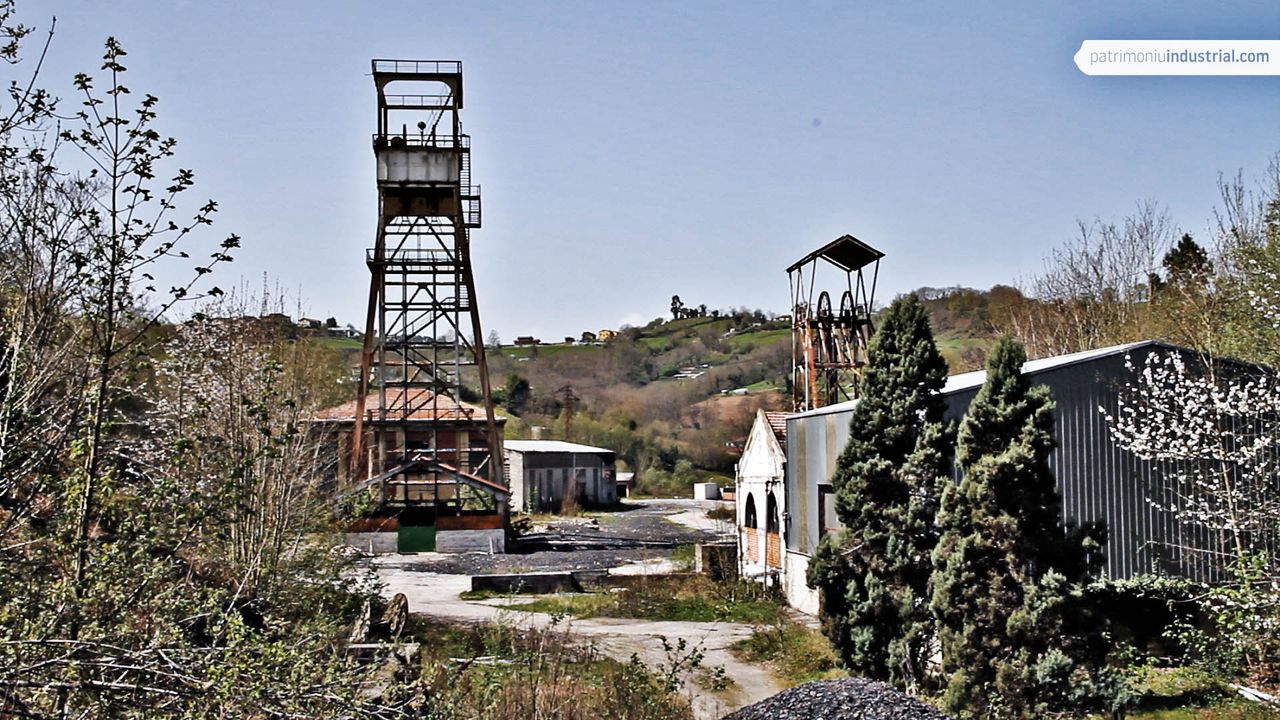
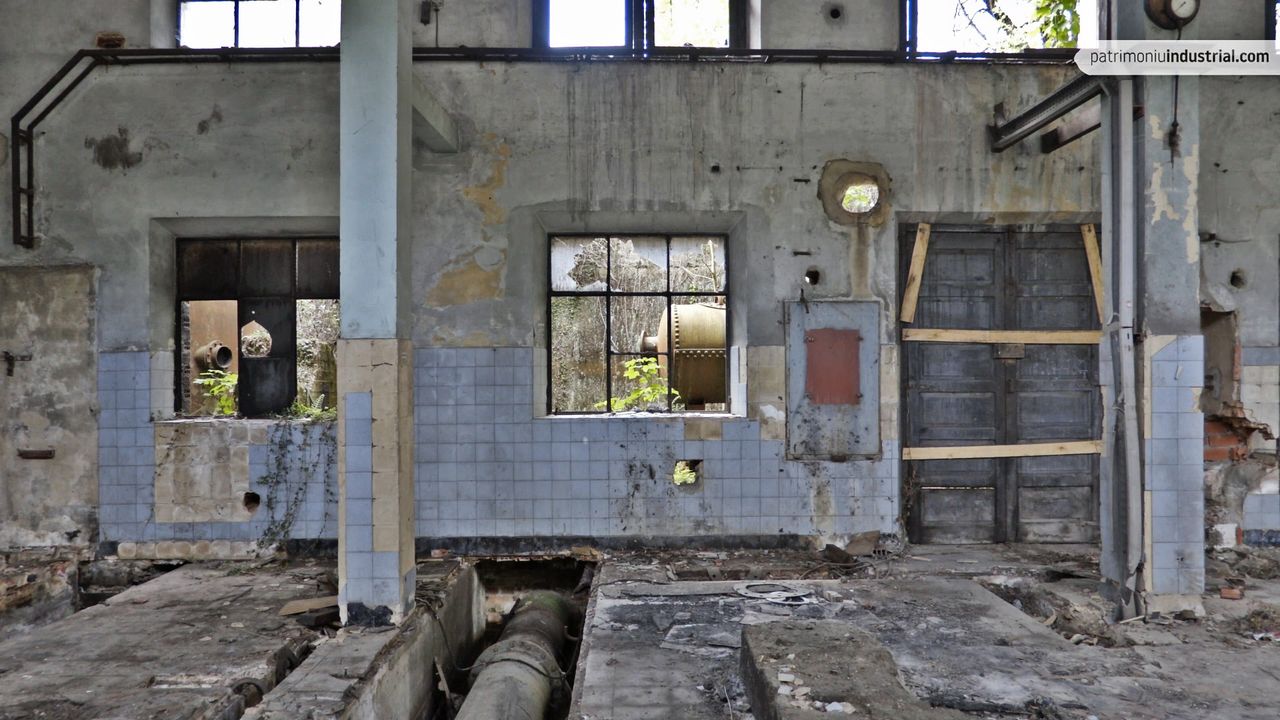
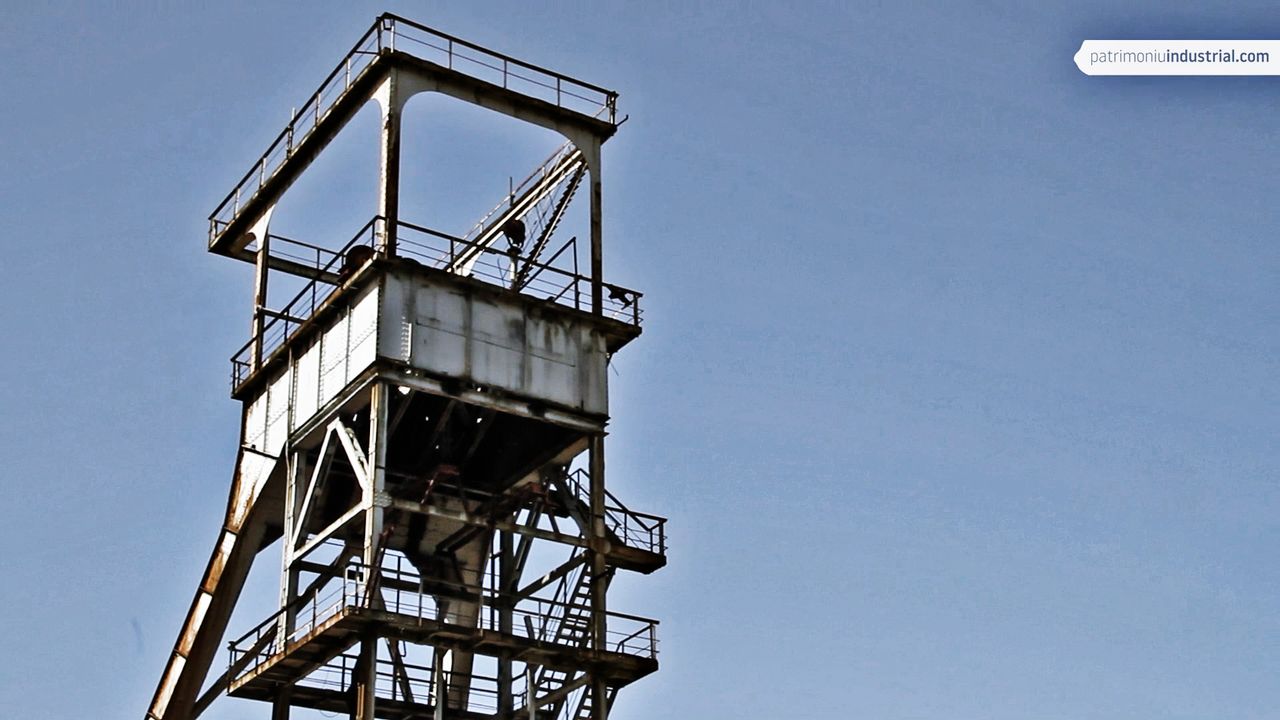
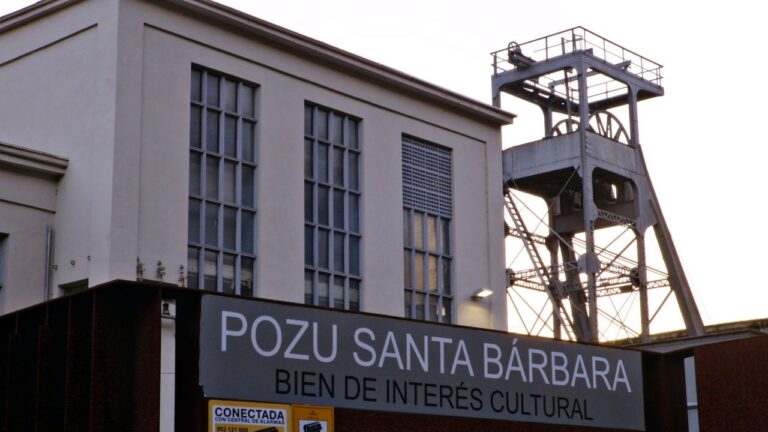
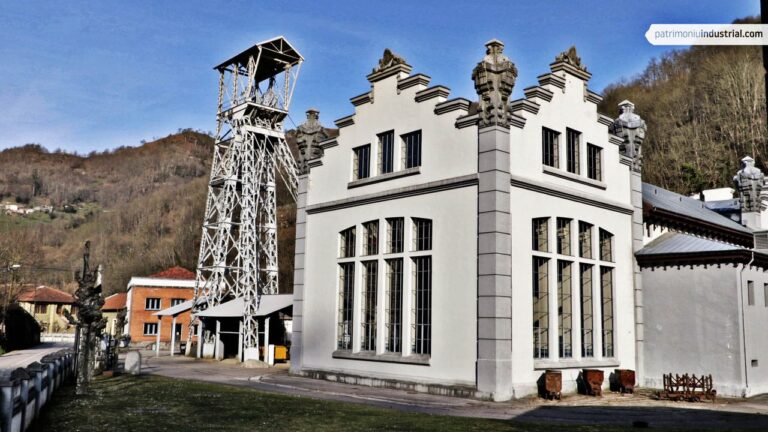
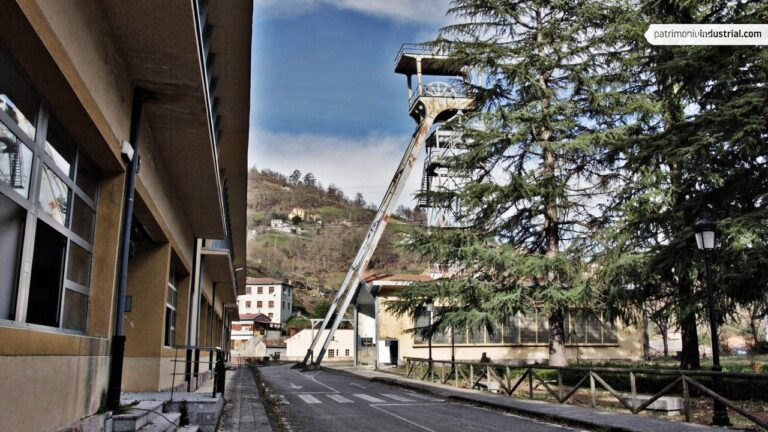

Recent Comments